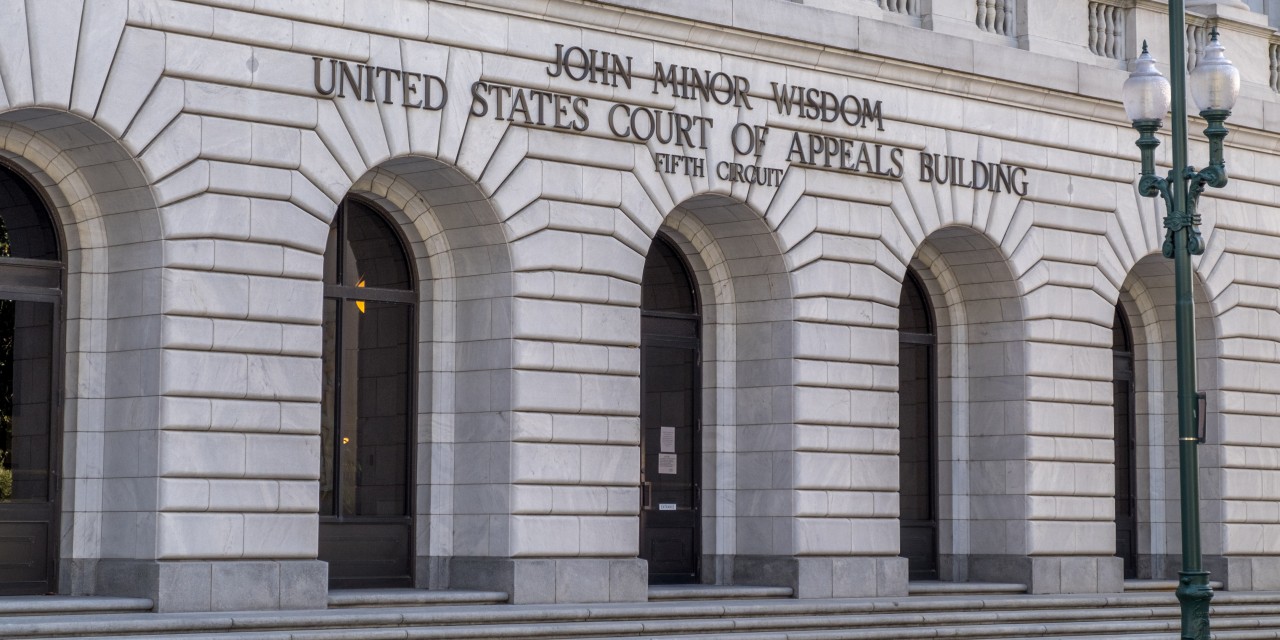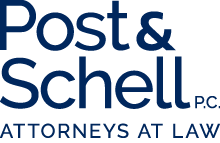

Fifth Circuit Maintains Stay on OSHA’s 100+ Employer Mandate, Case Assigned to Sixth Circuit

On November 12, 2021, the U.S. Court of Appeals for the Fifth Circuit reaffirmed its stay of the Occupational Safety and Health Administration’s (OSHA) emergency temporary standard (ETS) that set COVID-19 vaccination and testing requirements for employers with 100 or more employees. The ETS, which officially was issued on November 5, 2021, was stayed by the Fifth Circuit on November 6, 2021.
Legal challenges have been filed in virtually every U.S. Circuit Court of Appeals. Accordingly, pursuant to pre-established protocols, the Judicial Panel on Multidistrict Litigation based in Washington D.C. conducted a lottery to determine which court will hear the challenge to OSHA’s ETS. As a result of the November 16, 2021 random lottery, the Sixth Circuit will be hearing the challenge to OSHA’s ETS. The Sixth Circuit may extend, terminate, or modify the stay. It is anticipated that a decision on the stay will be issued in the next few weeks.
The Fifth Circuit’s November 12, 2021 opinion continues to sideline OSHA’s ETS, leaving employers up in the air as we continue to march towards the ETS’ published compliance deadlines of December 6, 2021 and January 4, 2022. Given the ongoing uncertainty, covered employers should continue preparing for compliance with the ETS while also monitoring the ongoing legal developments.
Following the Fifth Circuit’s decision reaffirming the stay, OSHA posted the following statement on its website: “While OSHA remains confident in its authority to protect workers in emergencies, OSHA has suspended activities related to the implementation and enforcement of the ETS pending future developments in the litigation.”
The Fifth Circuit’s Reasoning
In affirming its initial stay of the ETS, the Fifth Circuit applied a four-factor test to determine if a stay was warranted:
- Whether the stay applicant has made a strong showing that he is likely to succeed on the merits;
- Whether the applicant will be irreparably injured absent a stay;
- Whether issuance of the stay will substantially injure the other parties interested in the proceeding; and
- Where the public interest lies.
The Fifth Circuit found that each of the four factors “favors a stay,” reasoning that the ETS is both over-inclusive (by failing to make distinctions with respect to the varying circumstances of employers in different industries) and under-inclusive (by not covering workplaces with fewer than 100 employees).
The Fifth Circuit also cited OSHA’s prior pronouncements during the pandemic that an ETS was unnecessary:
“OSHA has in the past ‘determined that the best approach for responding to the pandemic is to enforce the existing OSH Act requirements that address infectious disease hazards, while also issuing detailed, industry-specific guidance,’ which is generally ‘more effective than promulgating a rigid set of requirements for all employers in all industries based on limited information.’”
It also reasoned that:
“Mandate raises serious constitutional concerns that either make it more likely that the petitioners will succeed on the merits, or at least counsel against adopting OSHA’s broad reading of § 655(c) as a matter of statutory interpretation.”
Ultimately, while it did not rule on the Constitutional issue, the Fifth Circuit suggested that OSHA’s ETS “likely exceeds the federal government’s authority under the Commerce Clause because it regulates noneconomic inactivity that falls squarely within the States’ police power’” and that “concerns over separation of powers principles cast doubt over the Mandate’s assertion of virtually unlimited power to control individual conduct under the guise of a workplace regulation.”
What’s Next for Employers?
Given the uncertainty surrounding the ETS’ fate in the court system, we recommend that employers begin planning for the ETS to take effect. Employers should consider whether they prefer to require vaccination or take a hybrid approach and permit testing in lieu of vaccination. Employers that are inclined to permit testing should evaluate local testing options and make decisions about whether to offer on-site testing or require employees to use point-of-care locations. Finally, employers should ensure that their accommodation processes are developed and ready to be deployed to evaluate exemption requests.
It is important to note that the Fifth Circuit's decision regarding the ETS has no bearing on other COVID-19 related measures taken by the Biden Administration:
- Employers are still subject to earlier vaccination and testing requirements for federal contractors, whose vaccination compliance deadline was just extended to be consistent with this ETS. The Safer Federal Workforce Task Force clarified that federal contractors subject to the executive order must be fully vaccinated by no later than January 18, 2022, meaning that they must have the final dose of a vaccine by January 4, 2022.
- Fifteen different categories of health care providers are also still subject to new vaccination regulations from the Centers for Medicare and Medicaid Services (CMS). Unlike OSHA's ETS, CMS’s regulations require covered health care providers to mandate that all staff get vaccinated or obtain an exemption because of a disability or sincerely held religious belief. Health care providers cannot offer staff the option to be tested weekly in lieu of vaccination. Employees of covered health care providers must receive either a single dose COVID-19 vaccination or complete a two-dose vaccine series by January 4, 2022.
We previously discussed the specific requirements of the ETS here. You can also view a replay of our webinar on the topic here.
We will continue to monitor the status of the ETS as it is considered by the Court of Appeals for the Sixth Circuit and potentially the Supreme Court and will update you with any new developments. If you have any questions, please reach out to our Employment & Labor Practice Group for guidance.
Disclaimer: This post does not offer specific legal advice, nor does it create an attorney-client relationship. You should not reach any legal conclusions based on the information contained in this post without first seeking the advice of counsel.
Related Industries
- Communications
- Construction
- Banking and Financial Services
- Commercial Transportation
- Higher Education
- Insurance
- Manufacturing
- Medical Device & Life Sciences
- Municipal & Government
- Pharmaceutical
- Professional Services
- Retail
- Real Estate
- Death Care
- Energy and Utilities
- Heavy/Highway & Utility Construction
- Supply Chain & Logistics
- Private Equity & Venture Capital


